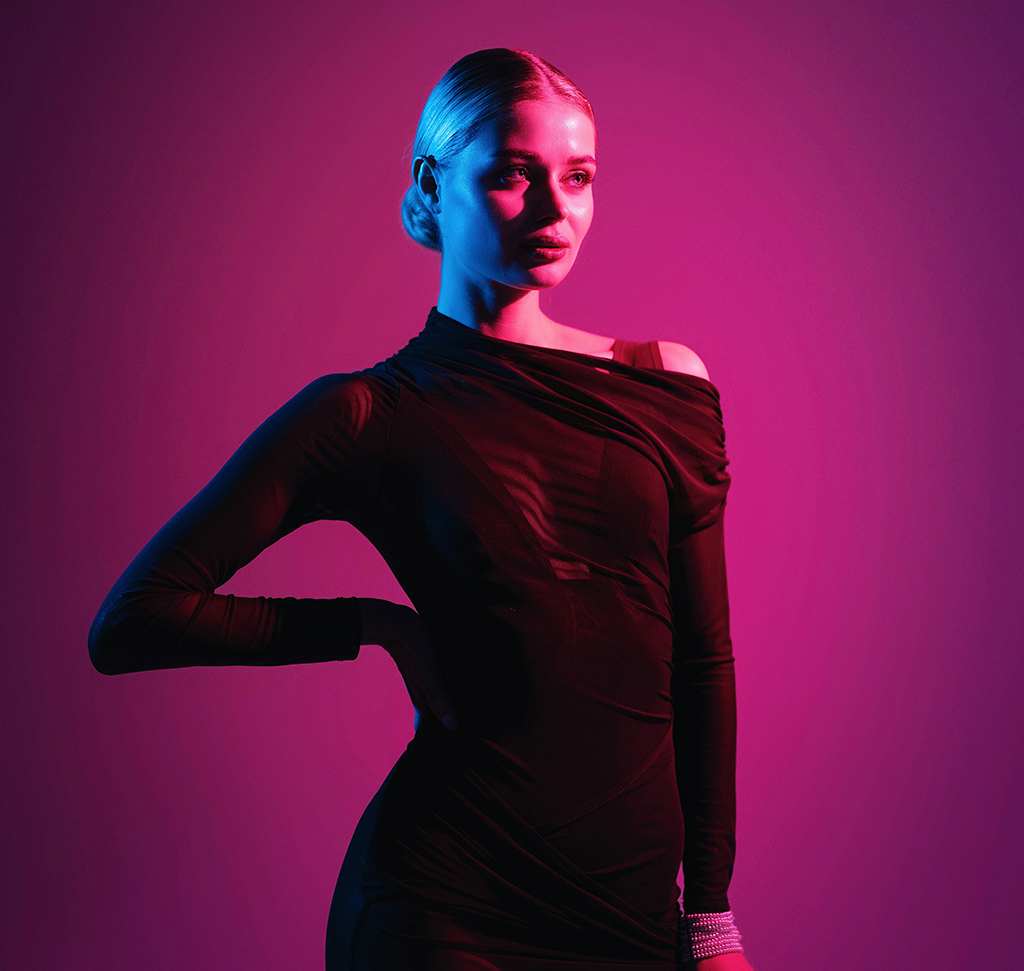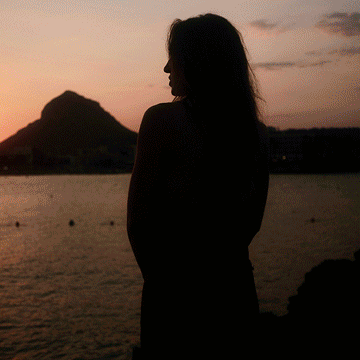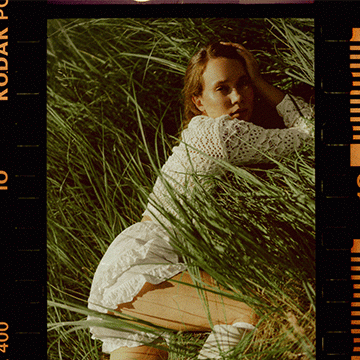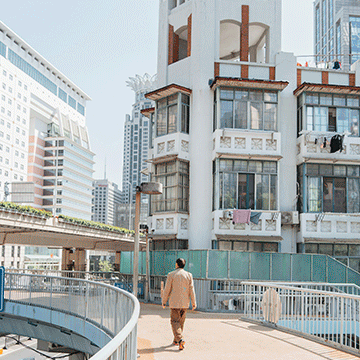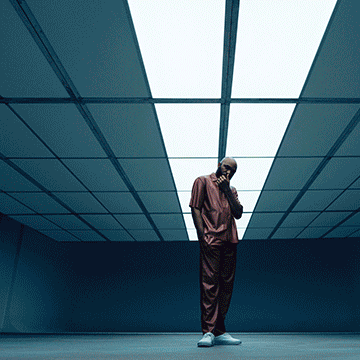Download Assets
description
Welcome to the final day of the 30 Days of Photoshop series. In this last lesson, you’ll put to practice everything you’ve learned to create a dynamic composite that looks like it was captured in-camera.
JOIN 30 DAYS OF PHOTOSHOP (FOR FREE!)
You’re still on time to join! Sign up and we’ll email you a printable calendar and daily class schedule so you can get started right away.
Image Source
- Jay Soundo
- Ingmar
- Hiroshi Kimura
- Egor Litvinov
- Dima Solomin
- Codioful
- Bogomil Mihaylov
Images sourced from Unsplash.
Share
AFTER
BEFORE
Your Skills in Action
Welcome to the final project of the 30 Days of Photoshop series! This is where we put all of our new skills to the test to create a cool, final composite. By combining multiple images and applying what you’ve learned about layers, masks, and blending modes, you’ll transform a simple portrait into a dynamic work of art.
Add Light Streaks
1. First, open your main subject image in Photoshop.
2. Then, drag and drop all of the light streak images into the same document. Photoshop will automatically import them as smart objects, which means you can edit them non-destructively.
3. To start building your composite, change the blend mode of each light streak layer from Normal to Screen. This blending mode makes all of the black pixels invisible, leaving only the light streaks visible.
4. If the edges of a light streak are still visible, use a Levels adjustment by pressing Ctrl/Command + L and drag the black input slider to the right to make the darker pixels disappear completely.
Isolate the Subject
5. To integrate the light effects with your subject, select the background layer and click Select Subject. This will create a precise selection around the person in the photo.
6. With your selection active, click the layer mask icon on the light streak layer. This will make the light streak only visible on your subject.
7. To make the light appear behind the subject, ensure the layer mask is selected and press Ctrl/Command + I to invert it. You can also unlink the layer and its mask by clicking the chain link icon. This allows you to move and transform the light streak independently from the mask using Ctrl/Command + T.
Use Advanced Blending
You can experiment with other blend modes, such as Multiply, which makes the light areas invisible and the darker areas visible. A cool trick is to use an effect on a smart object and copy it to other layers.
8. Simply hold Alt/Option and click-and-drag the smart filter icon from one smart object layer to another.
9. For a truly unique effect, duplicate the subject layer by pressing Ctr/Command + J. Then, double-click the layer to open the Layer Styles menu and experiment with the Advanced Blending channels to create a subtle color separation.
10. You can also add a Motion Blur to this layer under Filter > Blur.
Finalize with Camera Raw
Once you’re happy with the individual effects, it’s time to bring everything together.
11. At the top of your layer stack, go to Image > Apply Image. This will create a single flattened layer of your entire composite.
12. To give it a cohesive, in-camera look, convert this layer to a smart object. Then, go to Filter > Camera Raw Filter.
13. From here, you can add a vignette to draw attention to the center, or use a radial gradient to brighten your subject. Applying a subtle lens blur can also help the light effects look more photographic.
Thank you for joining us on this 30-day journey! We’ve truly enjoyed walking you through these lessons and watching you grow your skills. We’re incredibly proud of the progress you’ve made, and we hope this final project inspires you to keep experimenting and creating. Remember, the best way to improve is to keep playing and having fun with Photoshop. We can’t wait to see what you create next!

